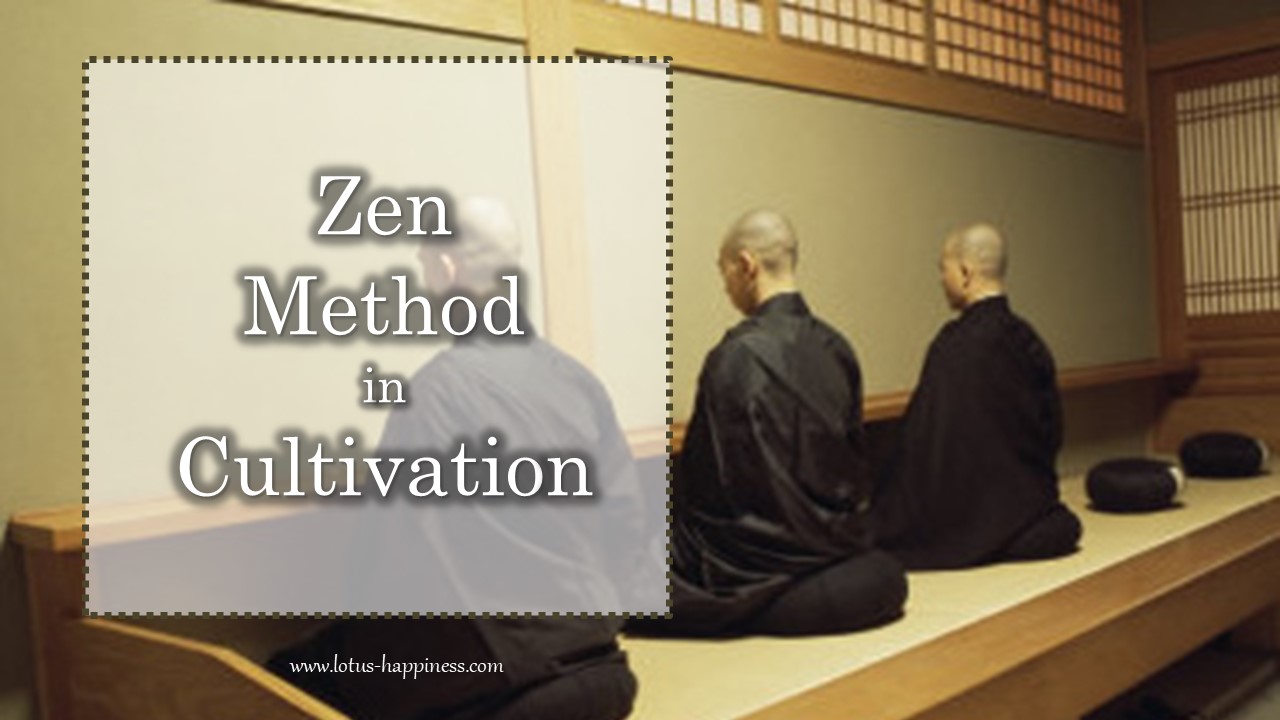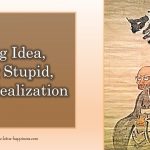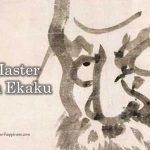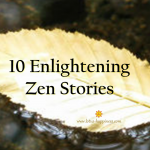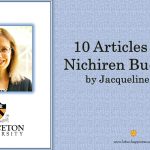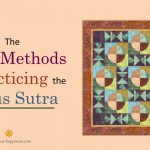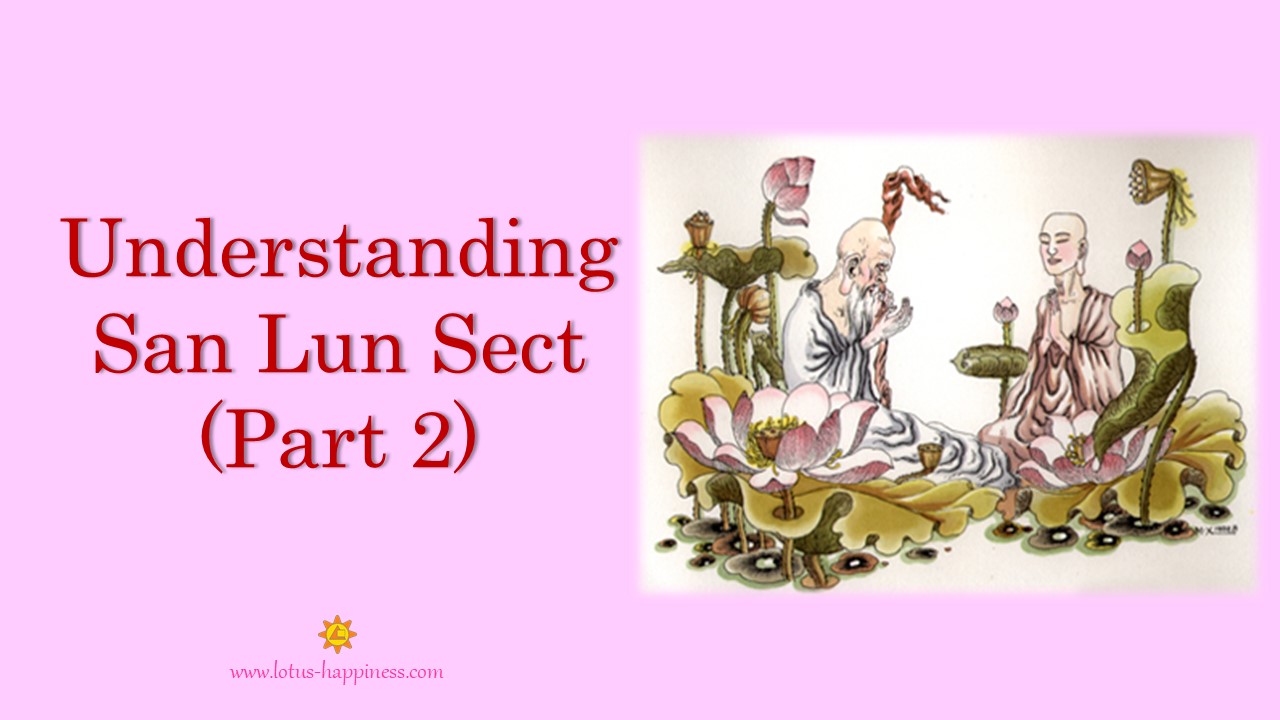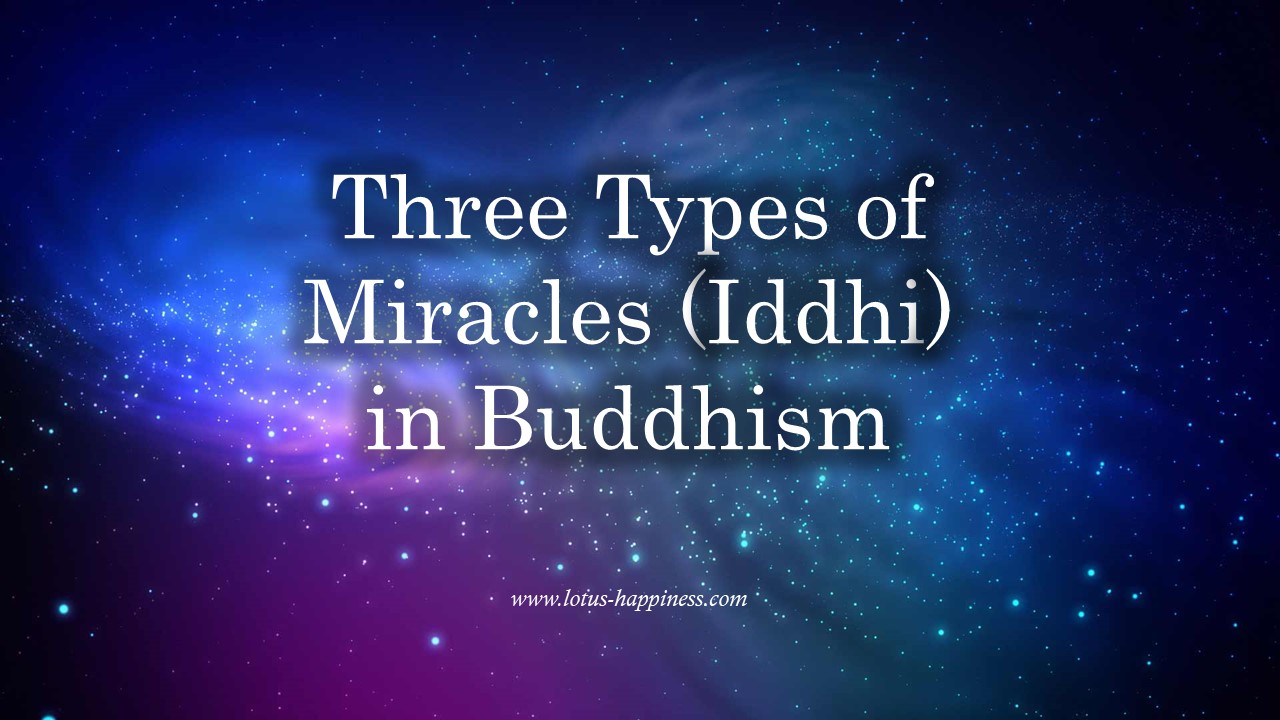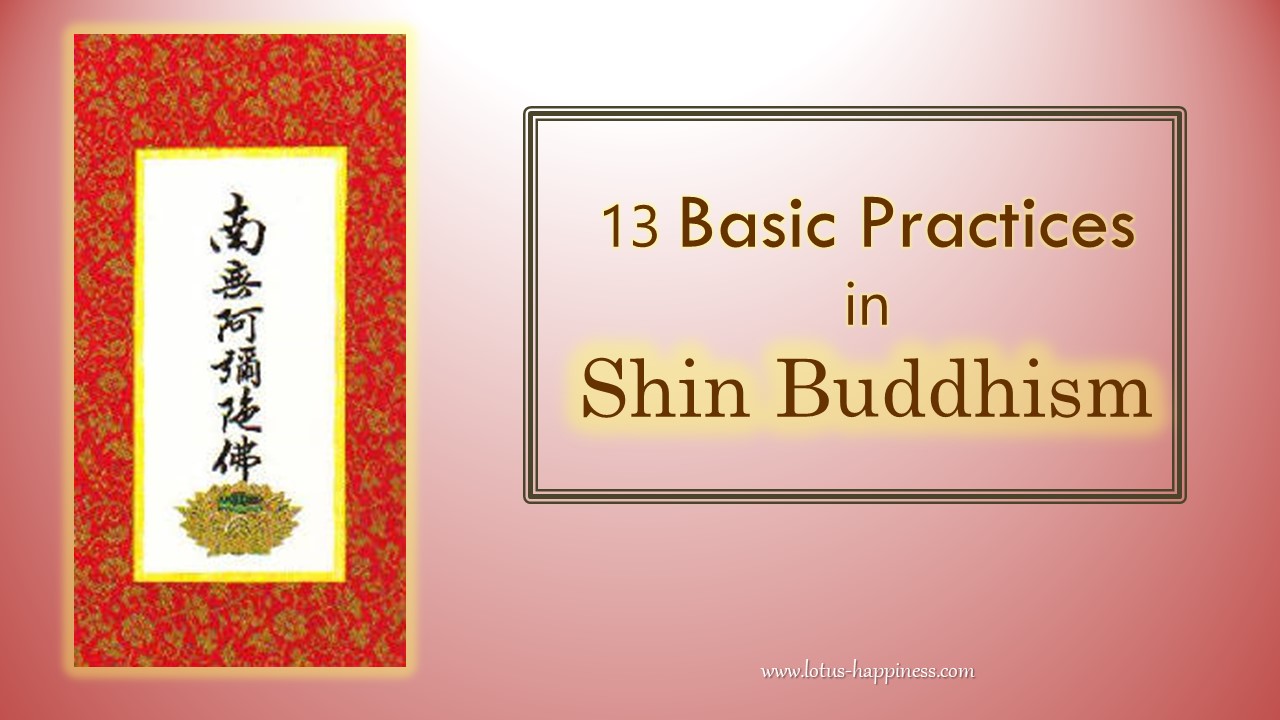Zen Practice in Cultivation
What is Ch’an (Zen)
Ch’an Buddhism is the core of Buddhism. Once, after a sermon, Gautama Buddha (Shakyamuni) held up a flower before the assembly and the only person who understood the profound meaning of this gesture was Mahakasypa; he responded with a smile. Subsequently, the Buddha said “Here the Tathagata’s Dharma-Eye, profound Nirvanic Mind, formless Reality, profound and mystical Dharma, the wordless Doctrine, Special Transmission outside the Scriptures, now I transmit to Mahakasypa to be my successor.” Thus Mahakasypa became the First Patriarch of Ch’an in India.
The founder of Ch’an in China is Bodhidharma who came to that country from India during the reign of the Emperor of Liang Wu-ti in the sixth century A.D. Since then down to the Sixth Patriarch Hui Neng, Ch’an had a large number of followers. At that time, the general practice of Ch’an was to point directly at one’s mind with just a few understanding words and one became enlightened instantly. From this it can be seen that the Ch’an practice depends on no words and emphasizes no setting up of words and letters.
Realizing the True Mind
Fundamentally, inexplicable by words, Ch’an is the mind-to-mind transmission in a simple, direct manner and to the point.
Our mind is always illusory in its creation and cessation, and the conceptual thought in our mind is basically false. A mind of inequality and discrimination is the source of affliction. If we can refrain from thinking of anything and keep our mind blank and free from conceptual thought, we will see the spontaneous manifestation of essence of the self-mind by itself at that instant.
In reality, a blank and empty mind is nothing unusual in everyday life, but because it comes in a flash, we are unaware of it and so let it slip by unknowingly, thus missing the opportunity of self-experiencing when we would probably say “Oh! there you are.” as a mark of recognition. However, as thoughts come and go in succession, there is bound to be an interval in which the preceding thought has gone while the succeeding thought is still unborn, so we cannot help asking this question. “What sort of phenomenon is this?” If we look into the mind pointedly and vigilantly, we will realize our understanding of its reality spontaneously and instantaneously. (Please note that all this is said in the above is only verbal communication and nothing of concrete value, but the moment you experience self-realization, Truth is right before you).
Ch’an Hua Tou
Now we may see that the Ch’an practice is to realize the true nature of the mind, to point directly to it and to be aware of what it is here and now, and from this standpoint, fundamentally the so-called Ch’an Hua Tou and raising a doubt methods of cultivation should have been out of place in the Ch’an practice. However, in view of the fact that at later period practitioners, generally of inferior root and dull mentality and being unable to see the mind directly, used to indulge themselves in the verbal Ch’an practice (they merely talked about Ch’an) to outwit each other, the Patriarchs and Ch’an Masters had to rectify them by adopting the expedient means of Ch’an Hua Tou.
The practice of Ch’an Hua Tou is to halt the mind, usually distracted by the external influence of the environment, and to turn it to look inward and to concentrate with the utmost attention on that thought provoking sentence known as Hua Tou. (If one cannot evoke one’s attention in the practice, this simply shows one’s lack of sincerity). Hence, the greater doubt, the greater understanding and inversely speaking, the less doubt, the less understanding. Because of its power of illuminating wisdom and intensifying concentration, the practice of Ch’an Hua Tou is really a profound Dharma to discipline the mind. Some of the popular thought provoking sentences for practicing Ch’an Hua Tou are as follows:
“All things return to the One, but where does the One return?”
“Before I was born, where is that Fundamental Face?”
“Who is reciting Buddha?”, etc. etc.
“Who” is the most important word among those Hua Tou, for as soon as it is said, instantly it raises the point of doubt.
A Probe in Cultivation
How is it that the Ch’an practice can lead one to probe into Truth? Master Hsu Yun says: “Regarding the question Who is reciting Buddha?, everyone knows that ‘Who’ refers to the reciter himself. But is recitation done by the mouth or by the mind? If he does it by the mouth, why can’t he do it after death? And if it is done by the mind, who knows that the mind does it since the mind is unattainable? So the practitioner should concentrate his attention on the question word ‘Who’, the key word of the Hua Tou, and also should recite softly and not harshly; the softer, the better; he should look into that question-word with awareness of the time. As long as the point of doubt remains, concentrate your awareness of it but if the doubt is not present, try to recall it gently”. The practice of Ch’an Hua Tou does not call for vigorous and persistent repetition as the Name-reciting method does, also it is different from the way of solving a riddle for it defies all subjective thinking and conceptualization for dialectical purpose; in the view of Ch’an Masters, even the thought to attain wisdom and enlightenment is itself a hindrance to the practice of Ch’an Hau Tou, and all worldly views and saintly interpretations should be done away with totally!
In short, every practitioner should look inward and give full attention and intense concentration on the point of doubt so as to be aware of it continuously without break. At the beginning of the practice, most likely wandering thoughts would come about only too frequently, but if the practitioner may just ignore them and concentrate on the enquiry, he should be able to keep up his awareness. The longer the practice, the better he will develop and enhance his awareness, and when the moment of perfect practice arrives, all thoughts and even the point of doubt would drop out automatically, then by self-experiencing, the fundamental still and illuminating Self-Nature would be spontaneously realized. Now that we can realize the substance of the mind, we should extend its functions to all activities of daily life, and so much we may wipe out our passions, so much we may enhance the power of concentration and wisdom and so much we would liberate ourselves from the environmental influence and enjoy true freedom, this may be said to be the crowning achievement of cultivating Buddhism.

